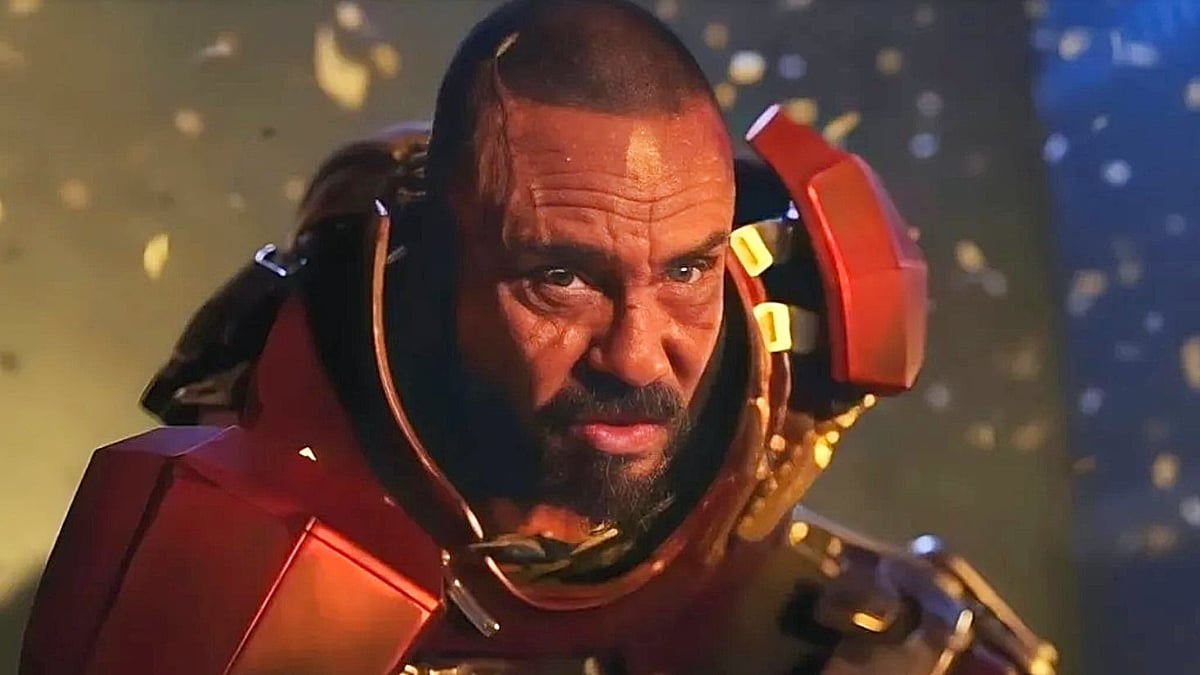Blue Beetle opened in theaters on Aug. 18 and has become DCEU’s most positively-reviewed film since 2021’s The Suicide Squad.
While the film’s lead Xolo Maridueña is being praised for bringing a cultural depth with his magnetic portrayal of Jaime Reyes, the movie is also generating buzz for its villain Carapax, who has diverted greatly from his original DC Comics backstory. Fans got their first in-depth look at the character in the final trailer, where he was seen ambushing Jaime on a bridge in a red, Blue Beetle-like armored suit, and later duel Jaime in a warehouse in a hulking set of armor with wings on the back.
So, who exactly is Raoul Max Trujillo‘s supervillain Carapax the Indestructible Man in Blue Beetle’s rogues’ gallery?
What is Carapax’s DC Comics origin story?
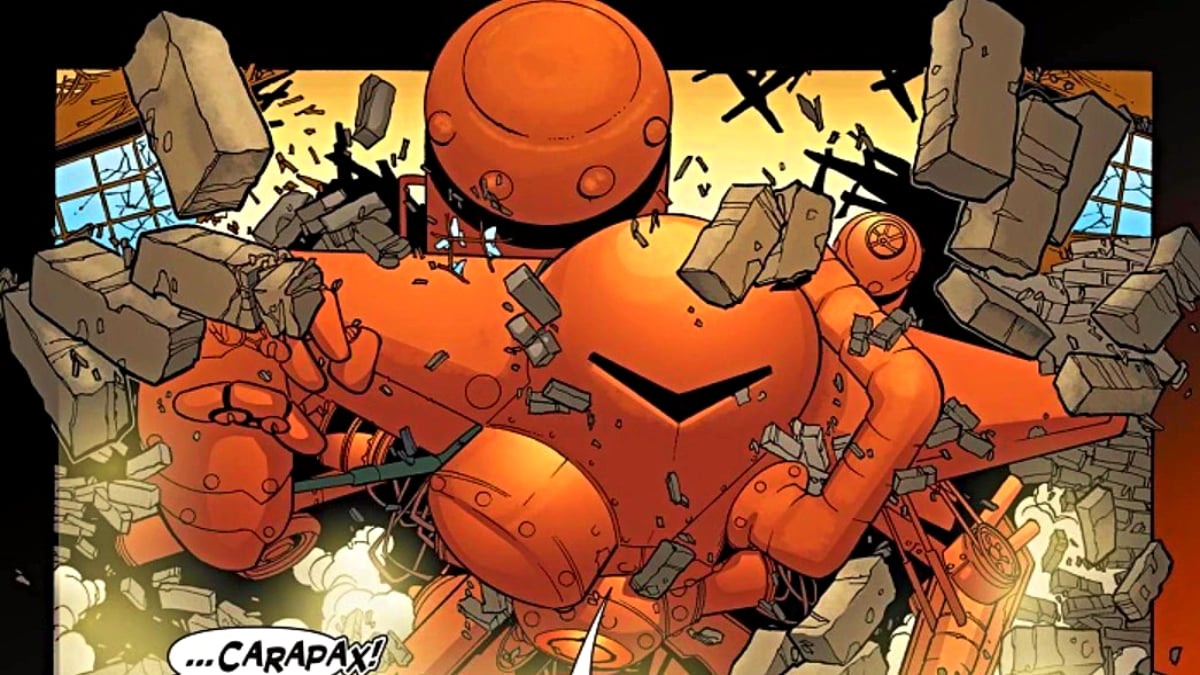
Before delving into how Blue Beetle has changed Carapax, we must first get familiar with the original Carapax, created by comic writers Len Wein and Paris Cullins as Conrad Carapx. The character first appeared in Blue Beetle Vol. 6 #1 in June 1986. In the comics, he is linked to all three Blue Beetles and was an archaeologist before he became a supervillain.
Carapax was introduced as the staunch rival of the first Dan Garrett and journeyed to Pago Island to fight him, where Garrett was already battling a mad scientist named Jarvis Kord. In the battle, Garrett and Kord both died, leaving the laboratory in ruins, which was later found by Carapax.
The villainous inventor Jarvis Kord had built an army of indestructible robots in his lab, hoping he could use them for world domination. One of these robots was discovered by Carapax, who then put on a completely untested helmet that was connected to the robot and became a cyborg. By this time, Jarvis’ nephew Ted Kord has become the new Blue Beetle, hoping to honor Garrett’s memory and atone for his uncle’s sins.
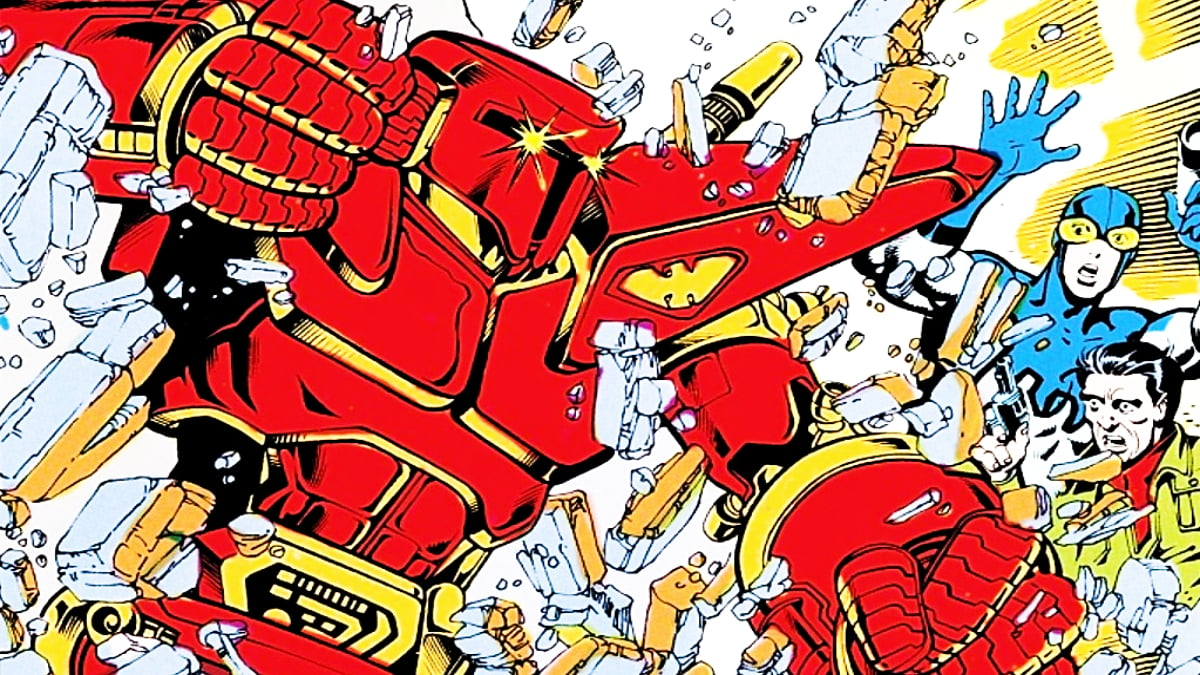
Ted then battled the indestructible android, but only managed a temporary victory after tricking Carapax to sink underwater. The mech menace soon made a comeback and destroyed the Kord Industries building, wrecked Blue Beetle’s headquarters, and even fought Superman and Firestorm in Action Comics #841.
Carapax officially faces the third iteration Jaime Reyes in 2009’s Blue Beetle #39, where he defeats him. However, things won’t be as easy for the live-action Reyes, since the plot is basically an Indestructible Man against a teenager who is still learning how to control his powers, and this Carapax’s backstory is also significantly changed for the film.
What is Carapax’s new backstory in Blue Beetle?
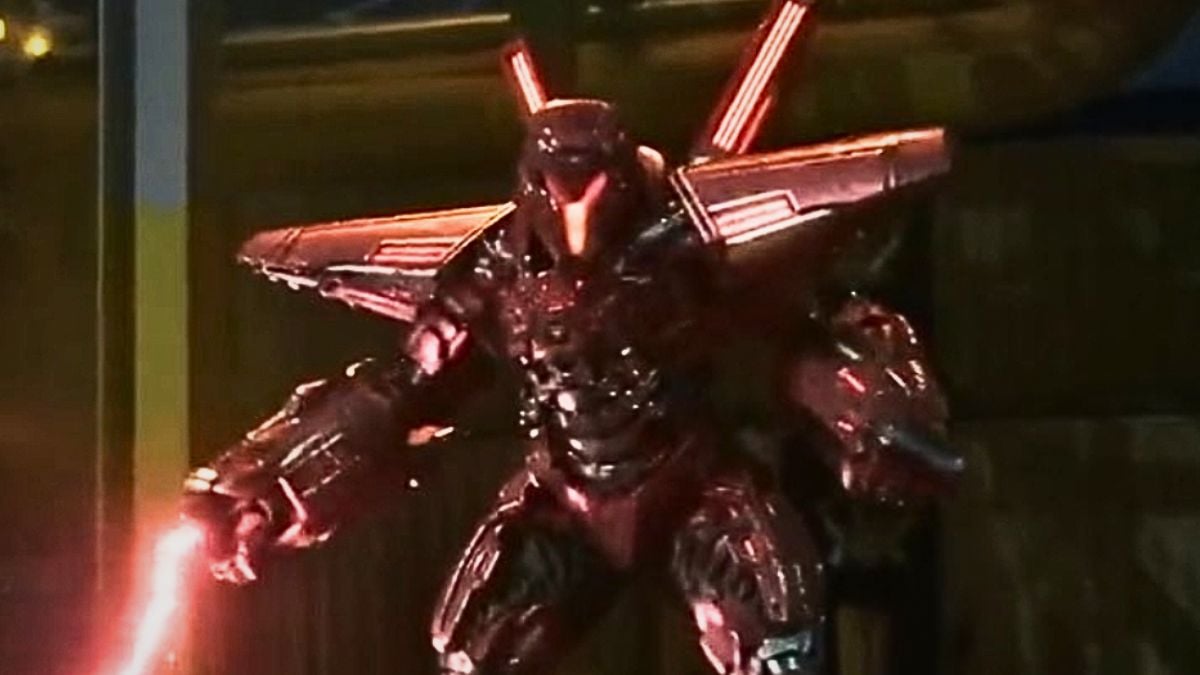
In an exclusive interview with Screen Rant, actor Raoul Max Trujillo revealed that the Carapax from the comics and his version differ significantly in terms of their backstory. He broke down how it leans into the real history of Mexican and Latin American people and the supervillain Carapax is an indigenous child taken from his home.
“There’s a big shift in this take on Blue Beetle. I think Angel wanted to really expose more of the military-industrial complex and US imperialism. And along with that just came a need for Carapax to represent something else.“
Trujillo also pointed out how Victoria Kord doesn’t call Carapax by the name Conrad (which represents his white ethnicity from the comics). He is instead given an indigenous name Ignacio. In the film, Carapax is depicted as a man forcibly taken away from his community when he was a child, bringing to light a lengthy history of colonialism’s forced adoption of Indigenous children.
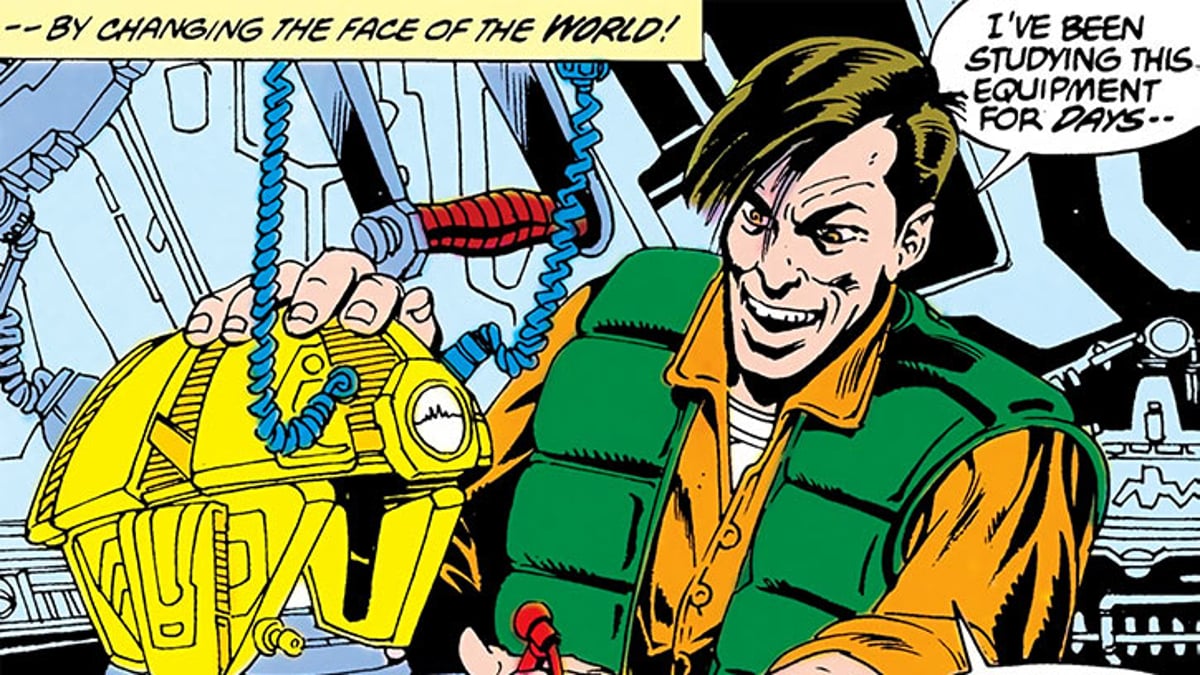
Elaborating on what separates his Carapax “from the other versions that make him more of an archeologist, scientist, computer brained,” etc, he continued:
“Let’s go in there, upset governments, and take all their resources. I think that was the take that Angel was interested in telling, in terms of Carapax. That’s who he is. He’s a product of the American school that was taking young boys and turning them into soldiers and killing machines if you will.”
With this new origin, Blue Beetle is able to delve deeper into the darker, more tragic past of South and Central America. The film has given Carapax a deeper tragedy to deal with in place of just making him an overpowered rival. As a result, the villain’s tale is just as essential as the hero’s, if not more so.

